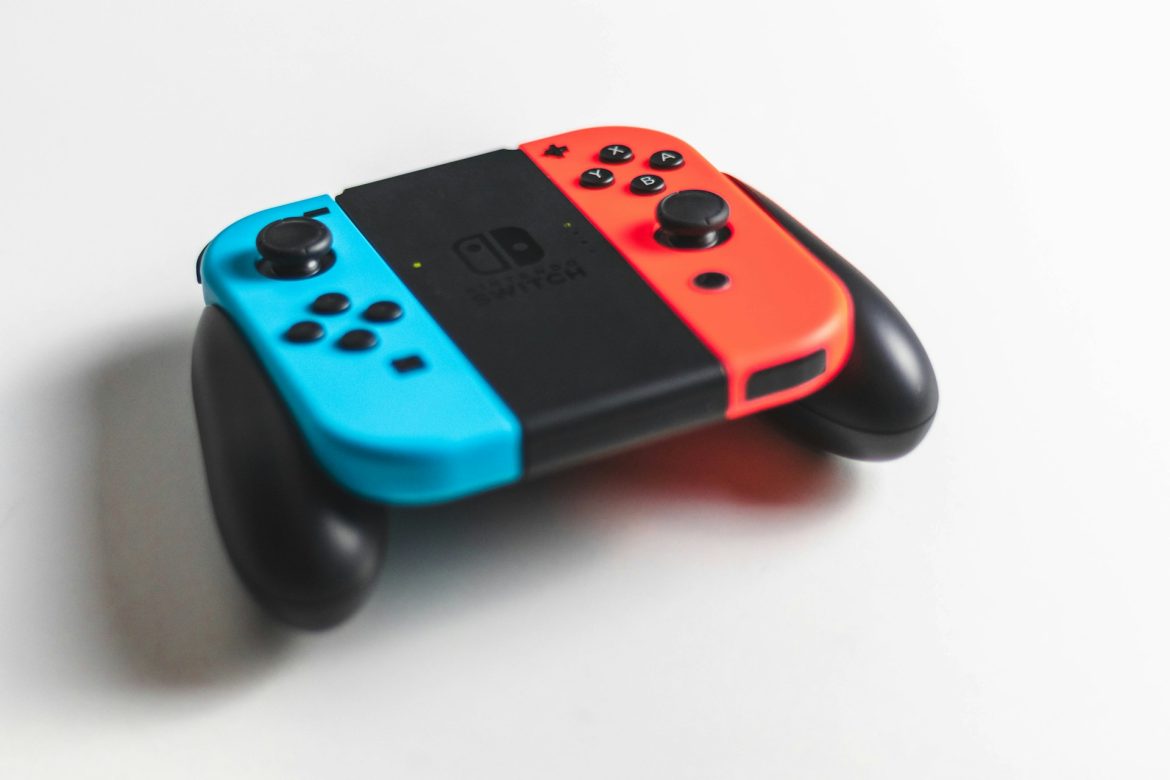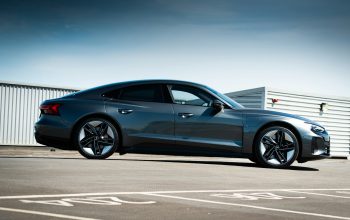The Nintendo Switch remains one of the most beloved gaming consoles thanks to its hybrid nature, allowing players to enjoy games both on the go and connected to a TV. However, when the console refuses to power on, it can be a source of real frustration. If you’re facing this issue, here are several practical steps you can take to troubleshoot and possibly fix your Switch.
Start by Checking the Power Supply
In most cases, a Nintendo Switch won’t turn on simply because the battery is fully drained. It might sound basic, but before assuming the worst, plug the console in using a known working charger. Inspect the charging cable and adapter for any visible damage like fraying or discolouration—especially near the ends. Damaged cords can pose safety risks and should be replaced immediately.
If you’re using a third-party charger, make sure it complies with Nintendo’s power standards. The Switch supports USB-C with USB Power Delivery (USB PD) and charges efficiently with at least an 18W charger. For quicker charging, consider a 25W to 30W adapter. If you’re using the official dock, remember that it typically needs a 45W charger to operate properly.
Test Charging Without the Dock
Sometimes the issue isn’t with the console itself, but with the dock. If you usually charge your Switch via the dock, remove it and plug the charger directly into the console instead. When inserted correctly into the dock, a green LED briefly lights up—but this only confirms correct placement, not charging status. If the Switch charges when plugged in directly but not in the dock, then the dock may need to be replaced.
Give the device at least a few minutes to charge before trying to turn it on again. A full charge can take up to three hours, and it’s good practice to avoid letting the battery completely deplete in the future.
Try a Hard Reset
If your Nintendo Switch still isn’t powering up, try performing a hard reset. This can revive a system that’s frozen or has encountered a glitch.
Hold down the power button (located at the top of the console) for roughly 20 seconds. Once that’s done, press the power button once more to see if the system starts up normally.
Access Maintenance Mode
Should the hard reset fail to do the trick, you can attempt to launch Maintenance Mode:
-
Hold both the volume up and volume down buttons.
-
While continuing to hold them, press the power button.
-
Keep the volume buttons pressed until Maintenance Mode appears on the screen.
From here, choose Update System to rule out any software bugs that may be stopping the console from turning on. If the software is up to date, select Initialise Console Without Deleting Save Data. This option will remove cached data and some system files, but preserve your game saves.
Important: Avoid choosing the full factory reset option (Initialise Console) unless absolutely necessary, as it will erase all saved data, user profiles, and downloads.
When to Seek Professional Help
If none of the above steps bring your Switch back to life, there may be a deeper hardware issue—such as a malfunctioning battery, broken power port, or faulty internal component. In such cases, it’s best to get in touch with Nintendo’s customer support team. They can guide you through repair options and let you know if your console is still under warranty.
Although it can be worrying when your Nintendo Switch won’t power on, most issues are solvable without professional repair. A careful inspection and a few simple troubleshooting steps are often all it takes to get back to your favourite games.



